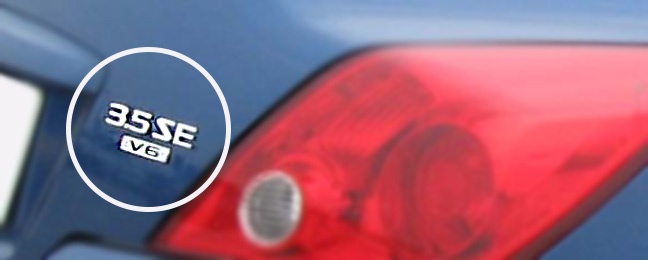

Feb 24 2012
As we explained in our article "VIN-to-Trim/Style Matching Explained", VINs often are not encoded with enough information to determine a single vehicle style. This means that important details such as MSRP, MPG, and certain standard installed equipment may not known based on the VIN alone. If you're working with DMS data, there's a good chance that you have additional, valuable data at your disposal that you can use along with the VIN to decode down to a single vehicle style.
If you're using DataOne's VIN Decoder API, you can leverage your additional DMS data simply by including it with your VIN in your VIN decoder requests. Our API will do all the work to determine which vehicle style your data describes.
The manufacturer model number is generally only available for new inventory, but including it in your VIN decoding process when you do have it will make a big difference. In model year 2012, OEMs tied approximately 70% of US light-duty VIN patterns to a single vehicle style. However, if manufacturer model number is used with the VIN, a single style can be determined for approximately 90% of MY2012 VIN patterns.
Manufacturer model number is sometimes placed in the same field as the manufacturer package code, with the two values separated by a slash. For example, the model number field in the DMS system may contain the value "309A/1LT" where "309A" is the model number and "1LT" is actually a package code. It can be important to take this into consideration when using model numbers for decoding. If you're using DataOne's VIN Decoder version 7, you don't have to worry about this, as our decoder API handles cases where both codes are submitted in the same field.
A vehicle's trim is often available for both new and used vehicles, and using it can greatly improve your single-style matching percentage, especially when model number and package code are not available. Many vehicles have external badging that indicate the trim level (for example, "535xi" on the back of a BMW), so if your business collects vehicle data manually, it may be helpful to ensure trim is being recorded whenever available. Using trim alone raises the single-style matching percentage for model year 2012 VIN patterns from roughly 70% with VIN alone to 85% with VIN + Trim. With VIN, Trim, and Manufacturer Model Number, the match percentage rises above 96%.
Like model number, manufacturer package code is usually only available for new inventory. For many OEMs, package codes are not used to uniquely identify vehicle styles. However, for certain OEMs including package code can make a big difference in determining a single style. This is especially true of Ford and GM. For model year 2012, supplying package code along with VIN will increase the single-style match rate across OEMs from about 70% of US light-duty VIN patterns to about 76%. However, for Ford alone the increase would be from 46% to 84%. When package code is combined with manufacturer model number and VIN, the single style match rate above 96%.
In addition to manufacturer model number, package code, and trim badging, many other datapoints from the DMS can be useful in determining a unique style, including wheelbase, bed length, transmission type, option codes, and equipment descriptions. Our VIN Decoder API is equipped to take any data you have available from the DMS or dealer inventory feed as input and consider it in the VIN decoding process, meaning all you have to do is plug in the data and submit your request. For more information about our VIN Decoder API, to sign up for a free trial, or to decode a VIN for free with no strings attached, click on the following link to our VIN Decoder product page.
Photo Credit: Wikipedia